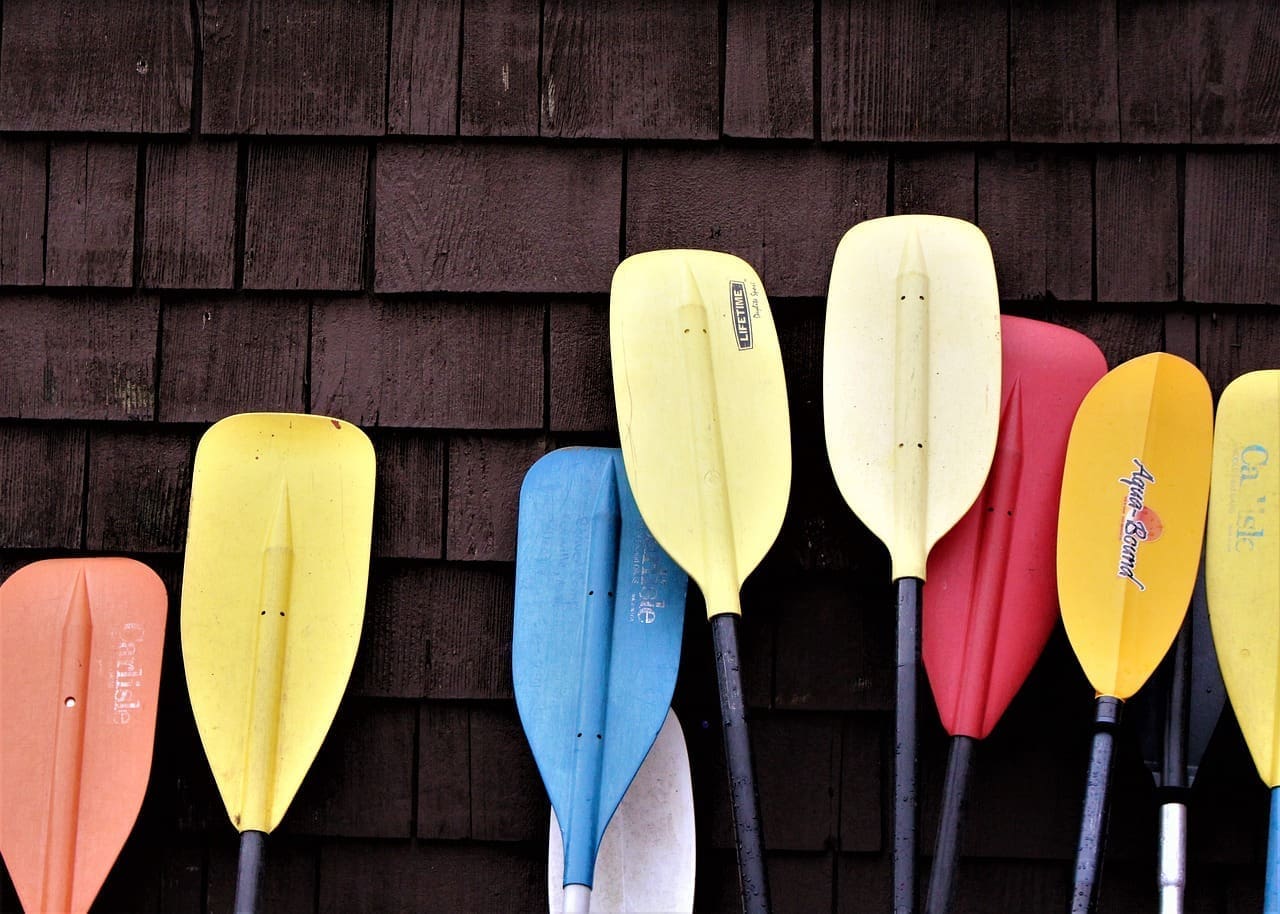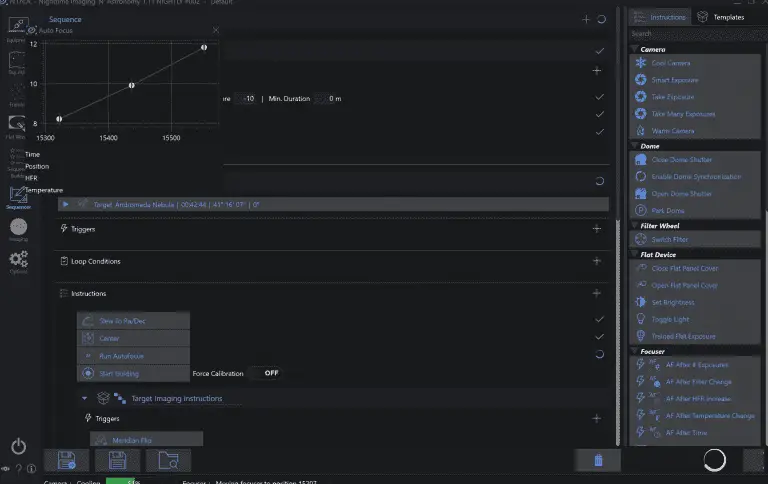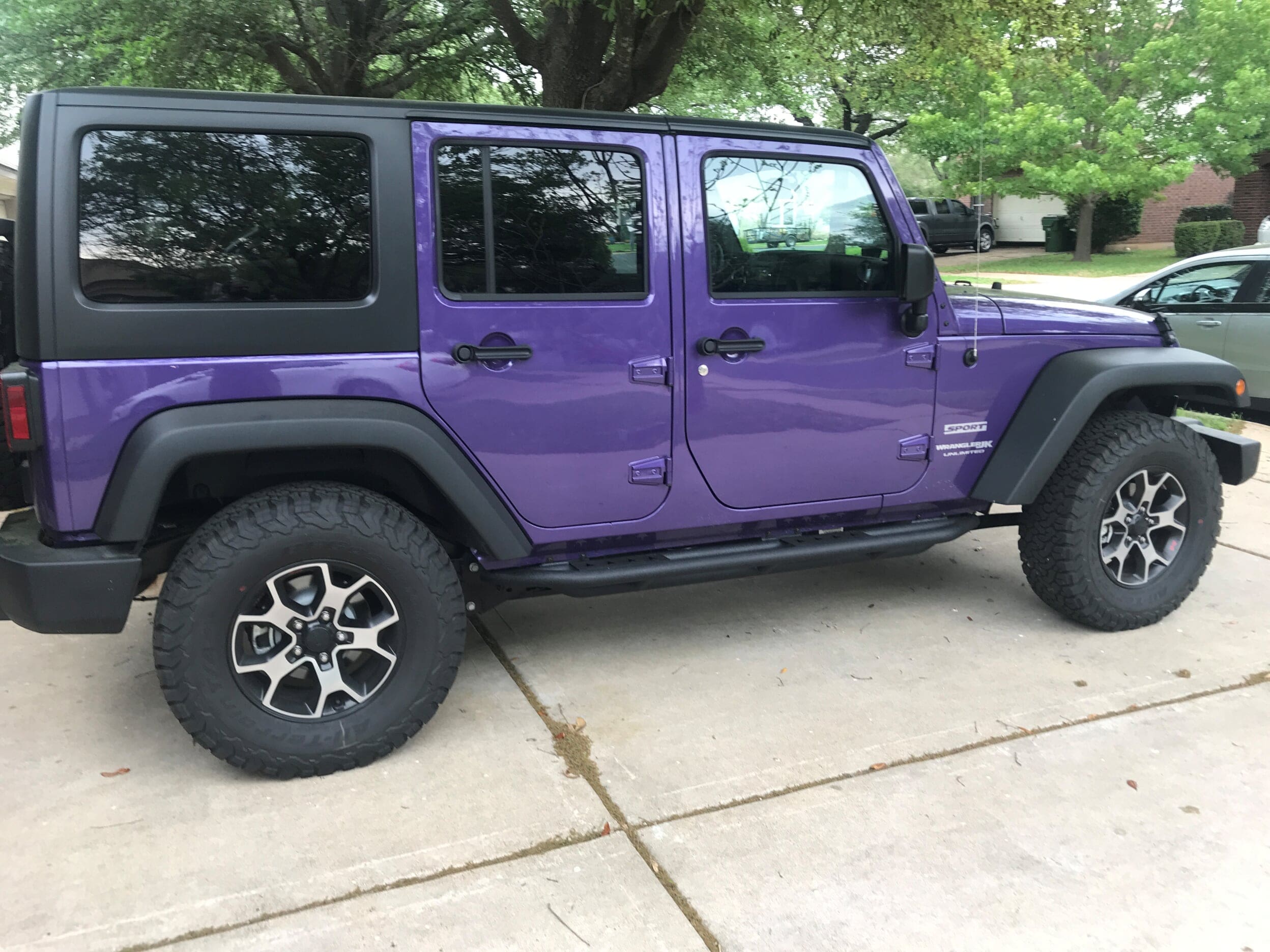Choosing the Right Kayak Paddle
There is indeed a method to selecting the right kayak paddle, not exactly a science but certainly a set of logical criteria. Two years ago, when I began kayaking, I simply bought a budget-friendly paddle from the local sports store. My kayak was basic, and I assumed a fancy paddle wasn’t necessary. I quickly realized my mistake.
How to Choose a kayak paddle
Reflecting on the past year, I realized the necessity of upgrading my paddle. During a visit to our fantastic local kayaking store for our daughter’s kayak, the staff enlightened us about paddle selection. Despite the higher cost, the paddles proved their worth. With newfound knowledge of the various paddle types, I acquired a new one. This purchase was followed by a family kayaking outing where I experienced my new paddle for the first time. It opened up a new world for me, showcasing the significant impact a paddle can have. I managed to paddle without splashing water all over myself and found it smoother to navigate the waters than with my original, less expensive paddle.
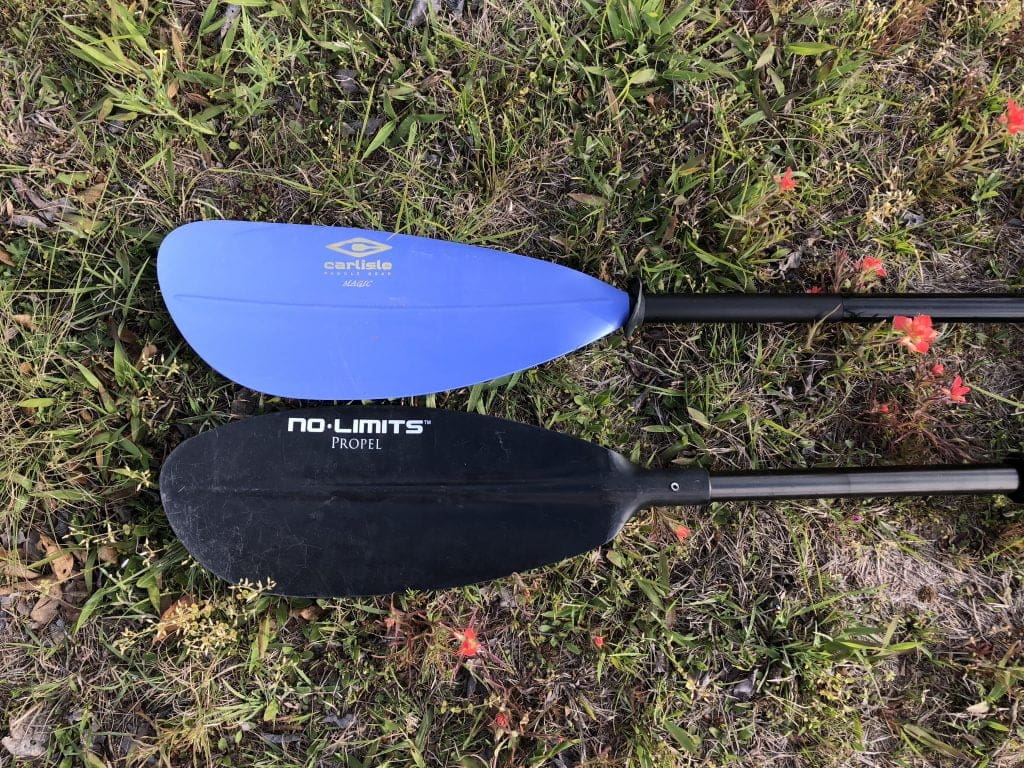
Choosing the proper paddle is very important, especially if you plan to make kayaking a regular outing. There are a few things to take into consideration when you are choosing your paddle:
Kayak Paddle Length
Your height needs to be taken into consideration, along with the width of your kayak. The paddle will need to be long enough to clear the sides of your kayak when you are paddling. That was one of my mistakes. Your height is critical to selecting the right size kayak paddle since it impacts your form, power, and stroke. The right sized paddle will help you immensely.
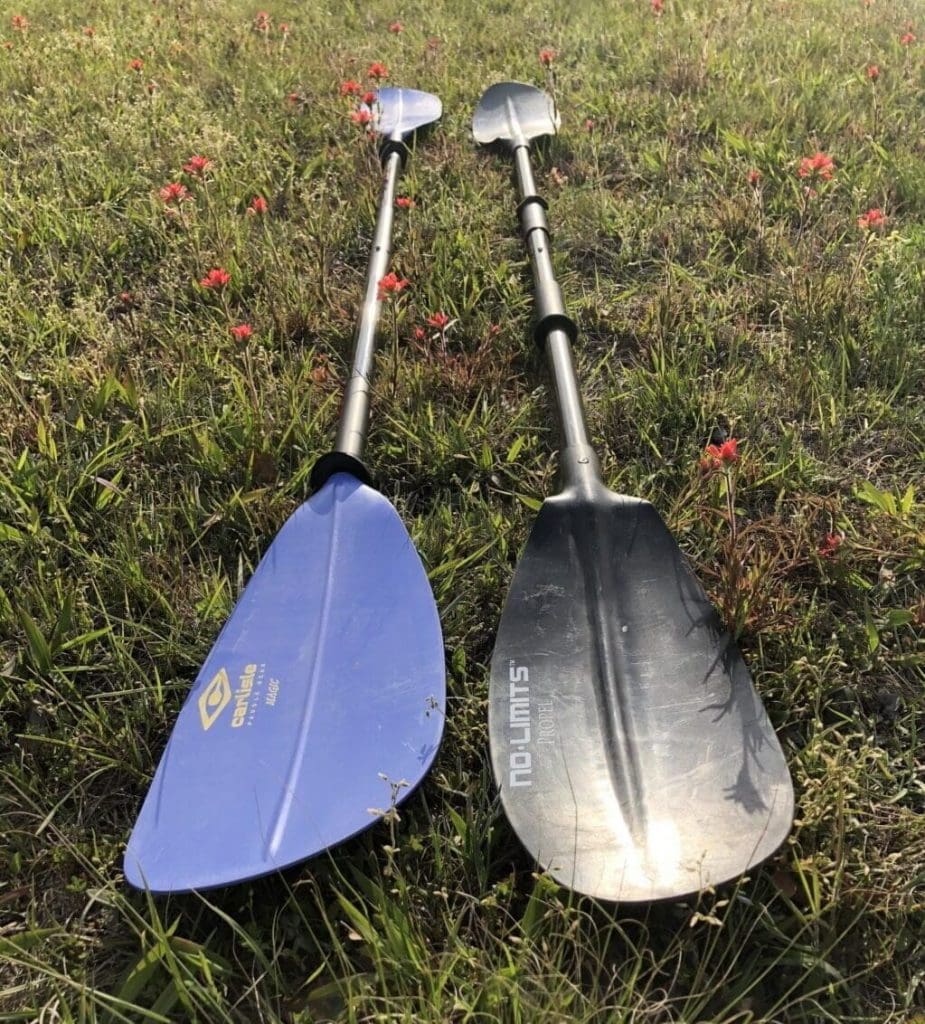
Kayak Paddle Style
The type of kayaking you engage in greatly influences your choice of paddle. For recreational kayaking, paddles are typically budget-friendly, slightly heavier, and shorter. My family participates in touring kayaking, which involves covering longer distances on open water bodies such as lakes and rivers. These paddles are designed to be lightweight yet durable for extended use and are somewhat more expensive. Performance kayak paddles are optimized for speed and power, being ultra-lightweight for continuous paddling. Whitewater kayaking, on the other hand, requires a robust paddle built to endure the impacts against rocks and navigate through strong currents.

How to hold a Kayak Paddle
To properly hold your kayak paddle, keep your hands shoulder-width apart, centered along the paddle’s shaft. The grip should be thumbs-down. “Centered” does not mean exactly in the middle of the paddle, but rather that your hands are equidistant from the ends; an off-center grip will cause your kayak to veer and circle.
For practice, hold the paddle with both hands, extend it from your chest with straight elbows, at shoulder height. This initial grip can be adjusted according to your kayak style.
If you’re turning in circles or veering to one side while attempting to paddle straight, it’s likely due to an uncentered hand position on the paddle, leading to uneven stroke power and continuous oversteering.
Your grip on the paddle should be firm yet comfortable, without causing pain. If your paddle is equipped with foam grips or adjustable features, ensure they are positioned correctly for comfort. Discomfort while stationary will only be magnified when paddling.
Wrap Up
So the next time you are looking at paddles you too will know the difference per your needs of kayaking. Now since it’s almost kayaking season get out there to upgrade your paddle if needed and enjoy the beauty of nature on some open waters.
What is your favorite kayak paddle? When you purchased your gear what do you look for in choosing the right kayak paddle? Leave your comment below, we love hearing from our readers!
FAQ
How to choose a kayak paddle?
Understand your goals – If you’re a beginner, prioritize comfort, performance, and affordability in your equipment. As you become more skilled, you can consider upgrading accordingly. Look out for “demo days” at kayak specialty stores, where you can test the equipment and experience it firsthand before making a purchase.

